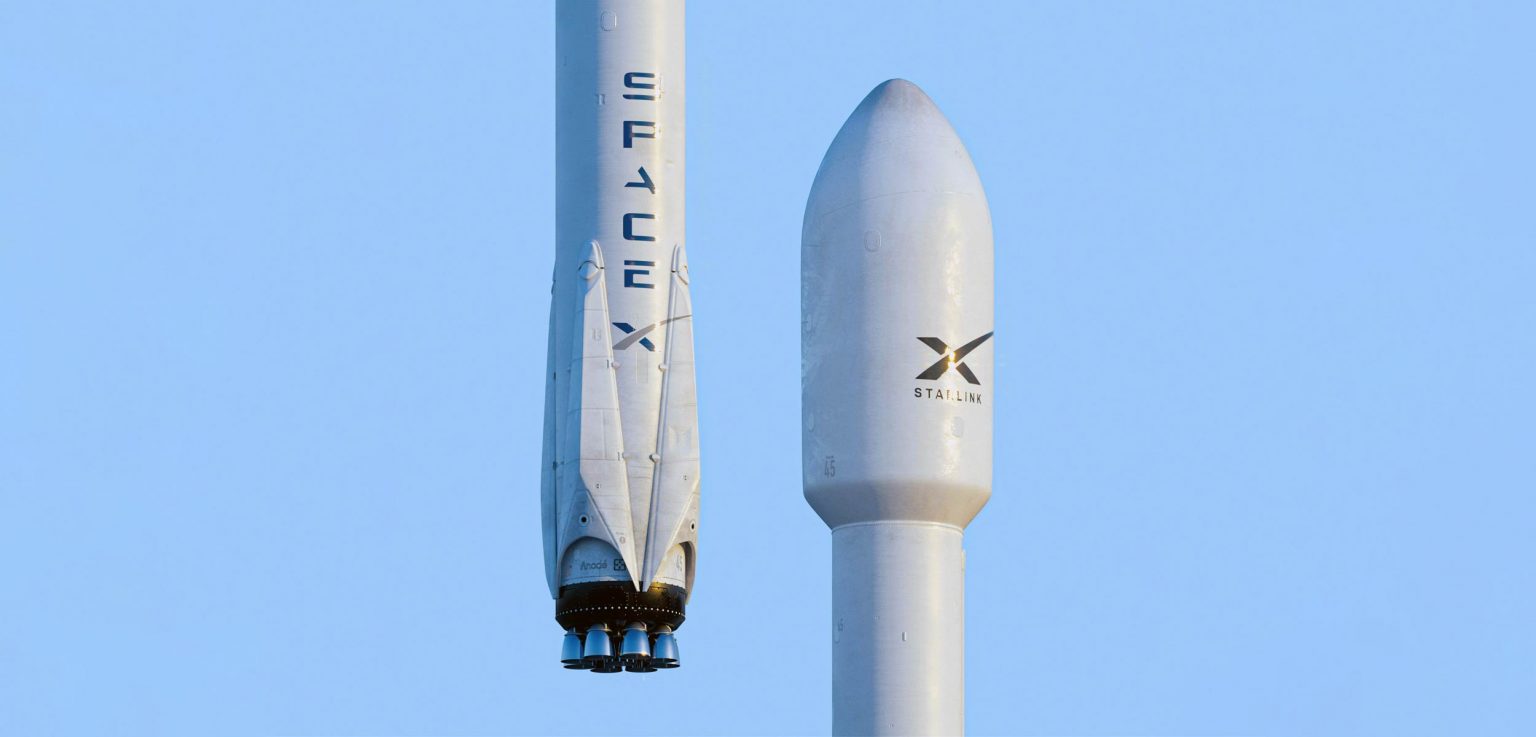Demand for Starlink’s satellite internet service across Africa has outstripped the SpaceX subsidiary’s ability to offer access in some regions, with new sign-ups halted as a result.
In an X post on Monday, engineer and X logo designer Alex J Tourville said there are regions where Starlink’s network capacity has reached its limit, forcing the company to put a hold on taking on new customers. It was not immediately clear which cities have been affected.
“Starlink temporarily halts new sign-ups in several African urban centres because of soaring demand for the service. The company says too many users are trying to access the Starlink service in those regions, which are currently at network capacity,” Tourville said in an X post on Monday.
Starlink’s prime use case is the servicing of outlying, remote and rural areas where traditional forms of connectivity such as fibre and mobile broadband are unavailable, largely because infrastructure roll-out to these regions is not feasible.
In Africa, however, an infrastructure deficit means many urban centres lack fibre, while mobile capacity, where it exists, is often not particularly reliable or quick. Starlink, on the other hand, beams fast and always-on internet service into homes via low-Earth orbit satellites. But users in areas where Starlink’s network capacity is constrained can experience a significant drop in speed.
‘Significant’
In response to Tourville’s post, SpaceX founder and CEO Elon Musk said the company is “working to increase internet capacity in dense urban areas in Africa as fast as possible”. Musk also pointed out that capacity outside these urban centres remains “significant”.
Starlink is working to increase Internet capacity in dense urban areas in Africa as fast as possible.
Please note that there is still significant capacity outside of city centers. https://t.co/Vlk4sNDAjX
— Elon Musk (@elonmusk) November 4, 2024
For Starlink, boosting capacity may mean adding more satellites to the 7 118 already in orbit, according to satellite tracking website satellitemap.space. Only 5 922 of those remain active, with 597 inactive due to some or other fault and a further 604 having re-entered Earth’s atmosphere and burned up as a result of friction with the upper atmosphere. – © 2024 NewsCentral Media
Get breaking news from TechCentral on WhatsApp. Sign up here





